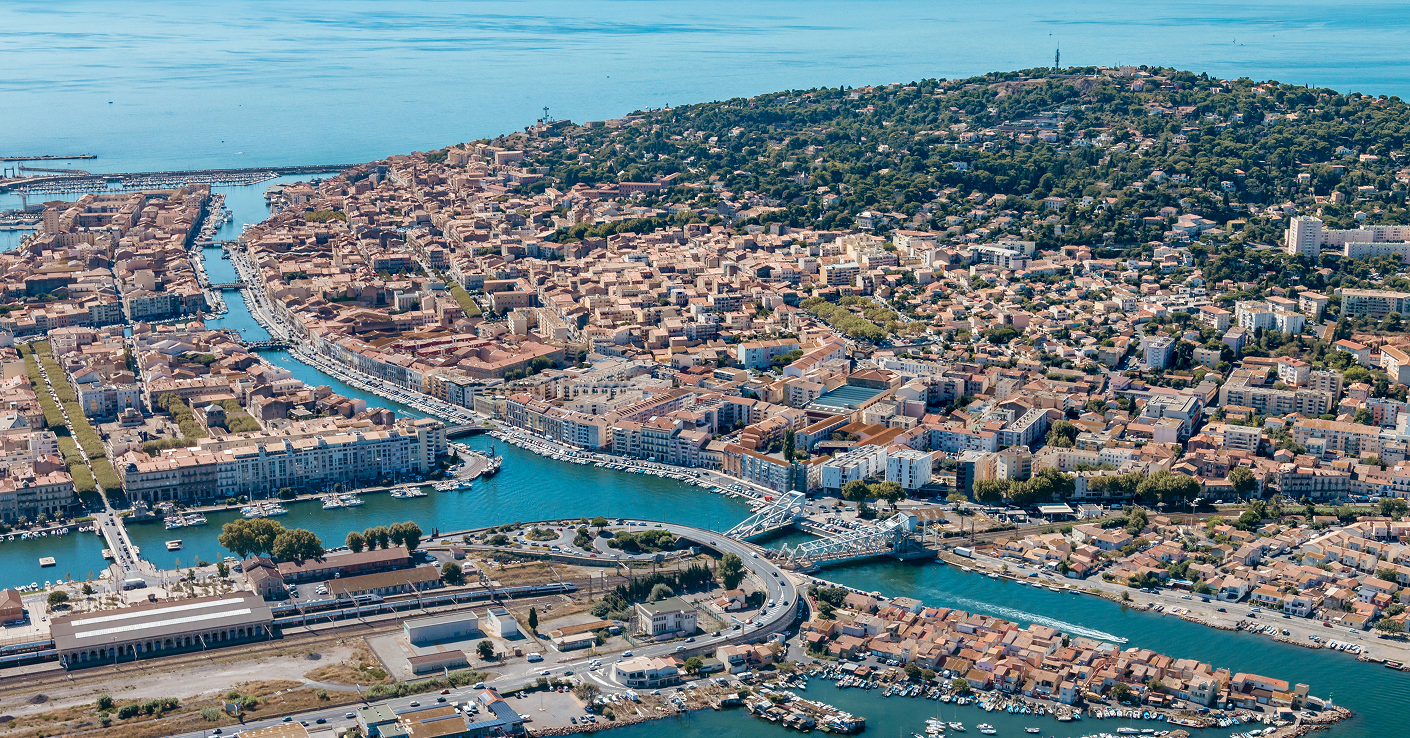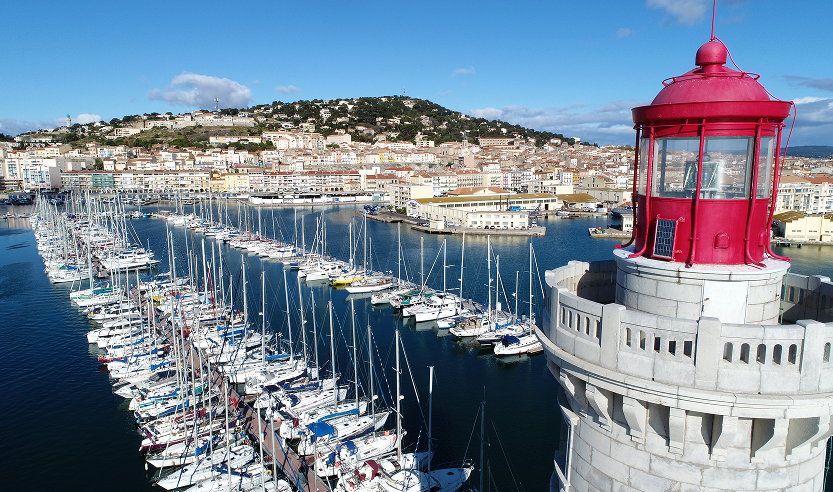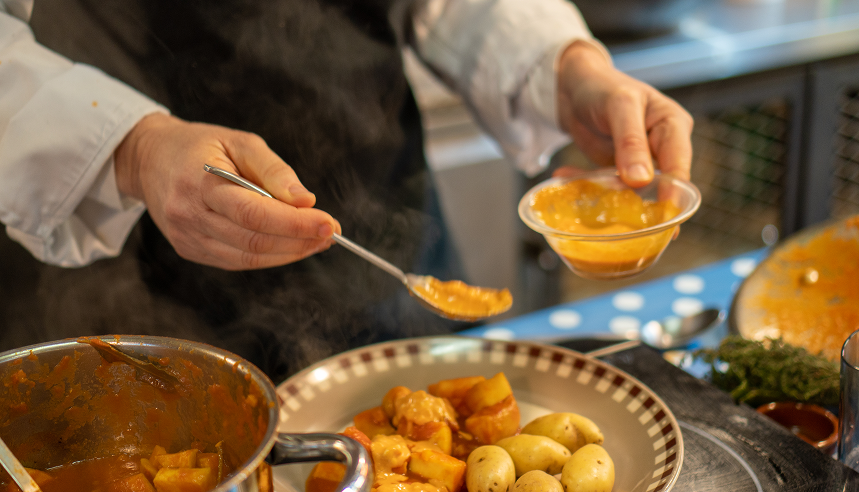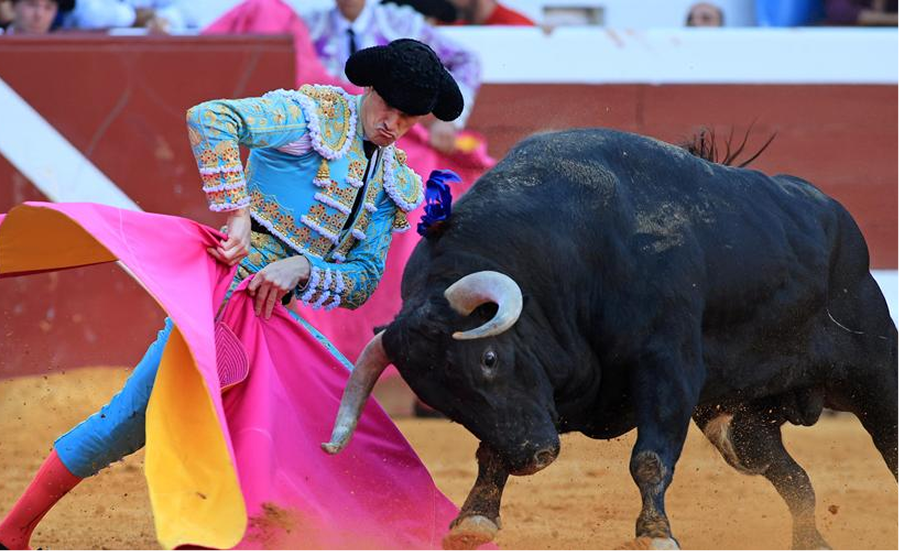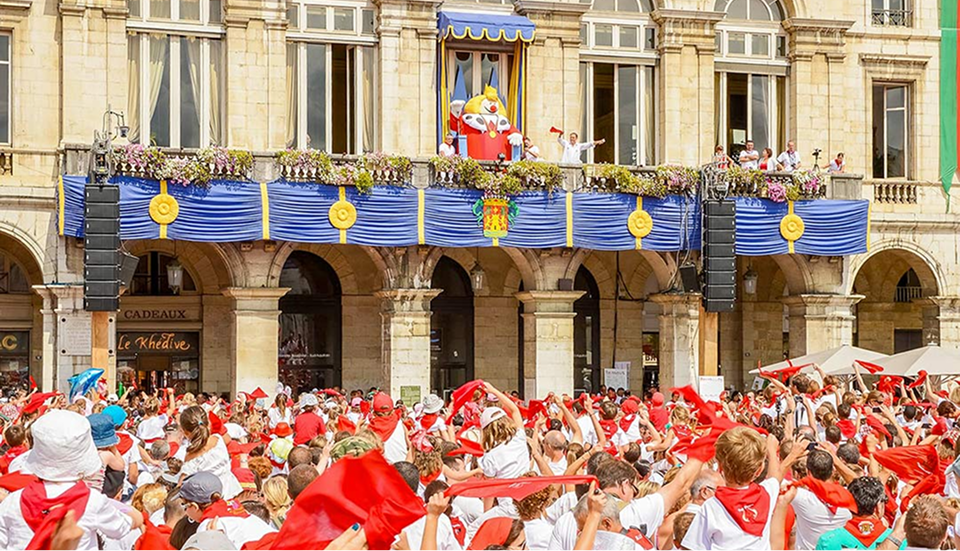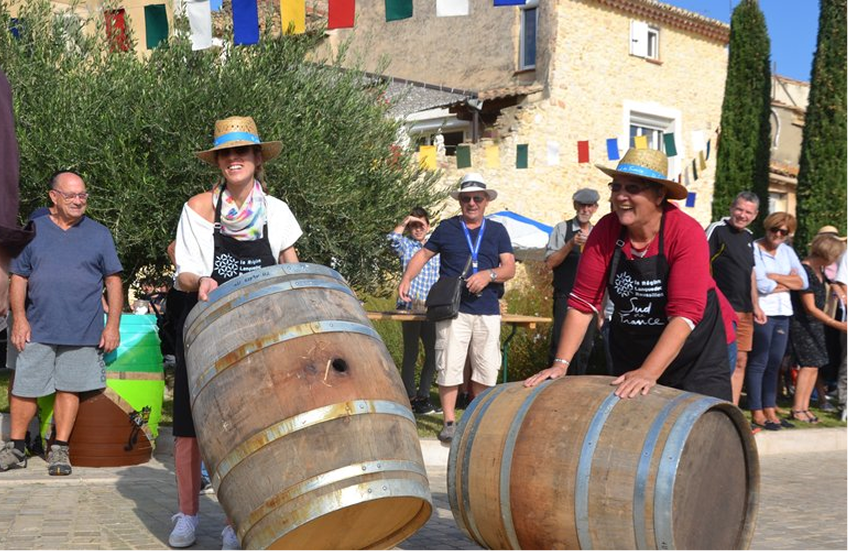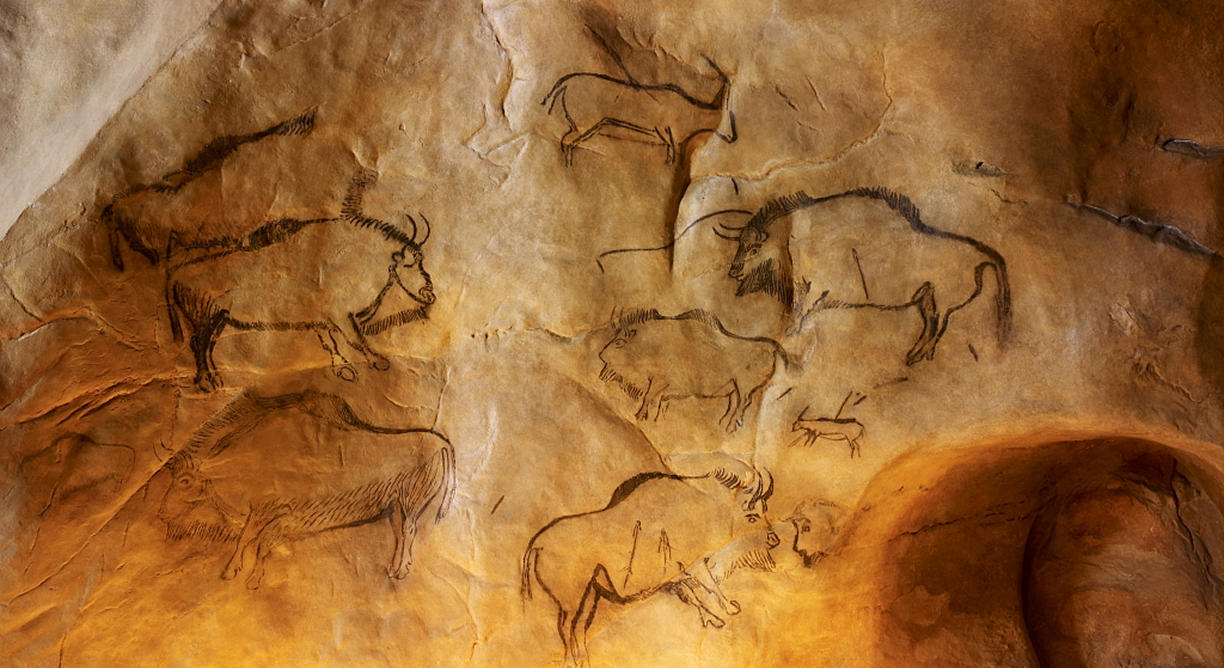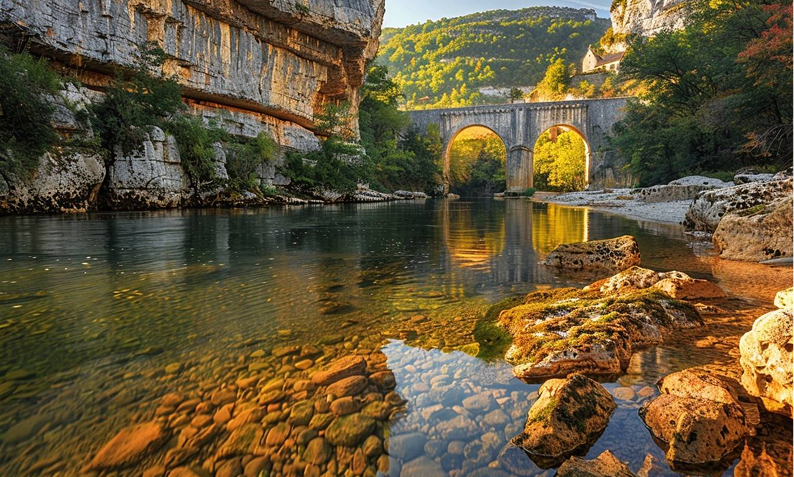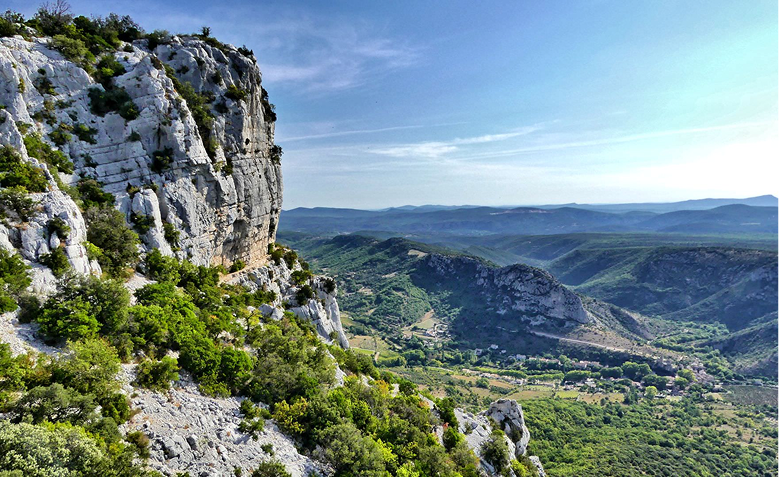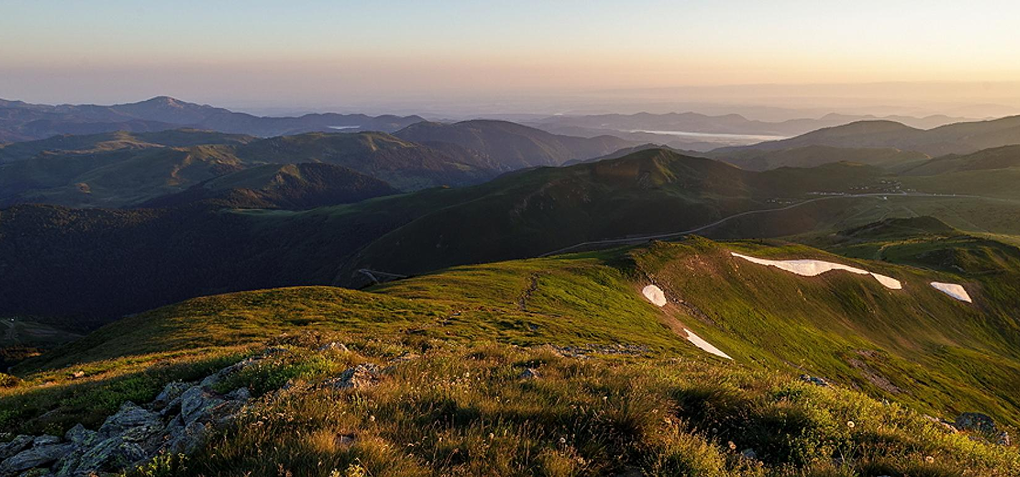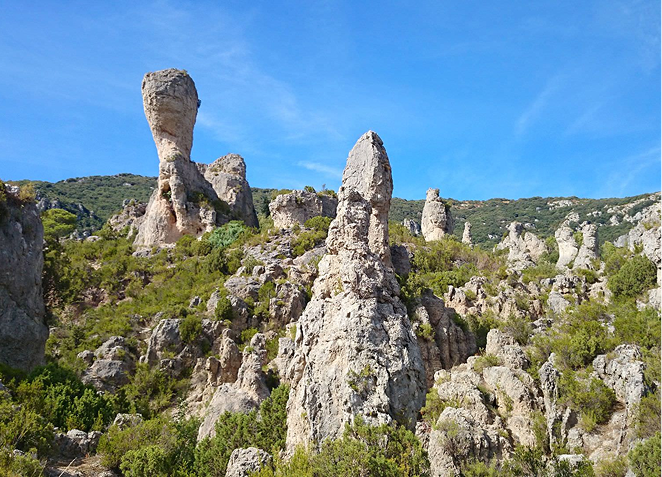Discover Sète and Occitanie: An Attractive and Authentic Region
A Stopover Full of Discoveries
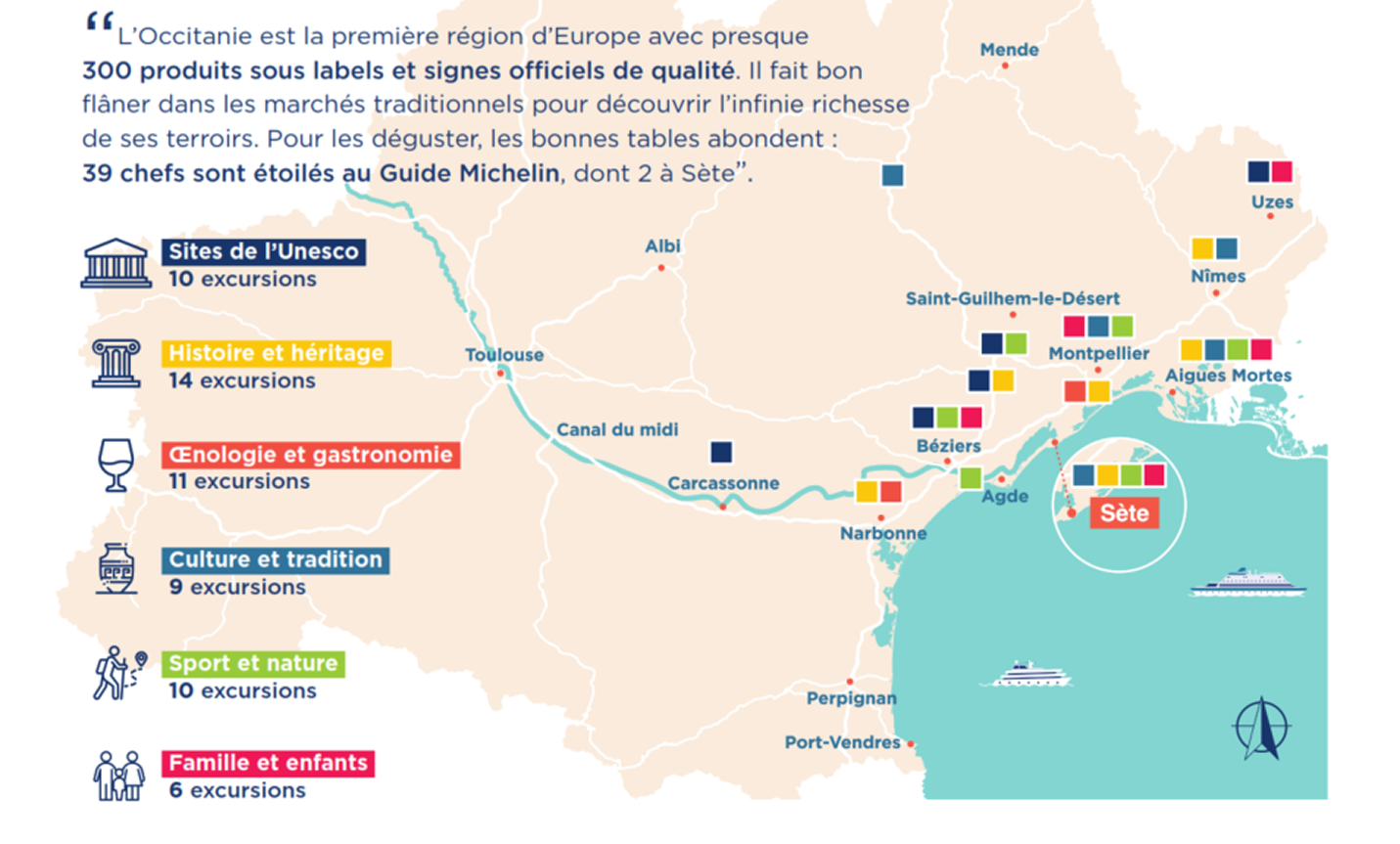
Sète: The City Set on the Water
The Thau Lagoon and Its Charming Villages
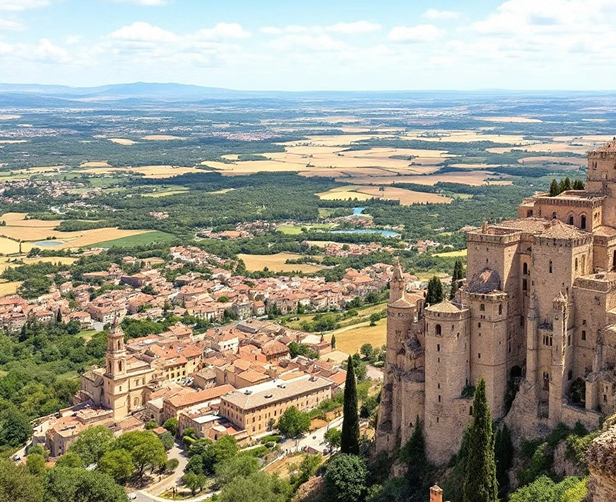
A Remarkable Cultural and Natural Heritage Departing from Sète
Four UNESCO World Heritage sites are located near Sète: the Pont du Gard, the Canal du Midi, the Cité de Carcassonne, and the Routes of Santiago de Compostela (Saint-Guilhem le-Désert).
The Thau Lagoon, Camargue, and Tarn Gorges offer unique landscapes set in a Mediterranean atmosphere.
Montpellier, Nîmes, Carcassonne, Narbonne, Béziers, Uzès, Pézenas... will captivate you with their remarkable historical and cultural heritage.
Agde And Pézenas
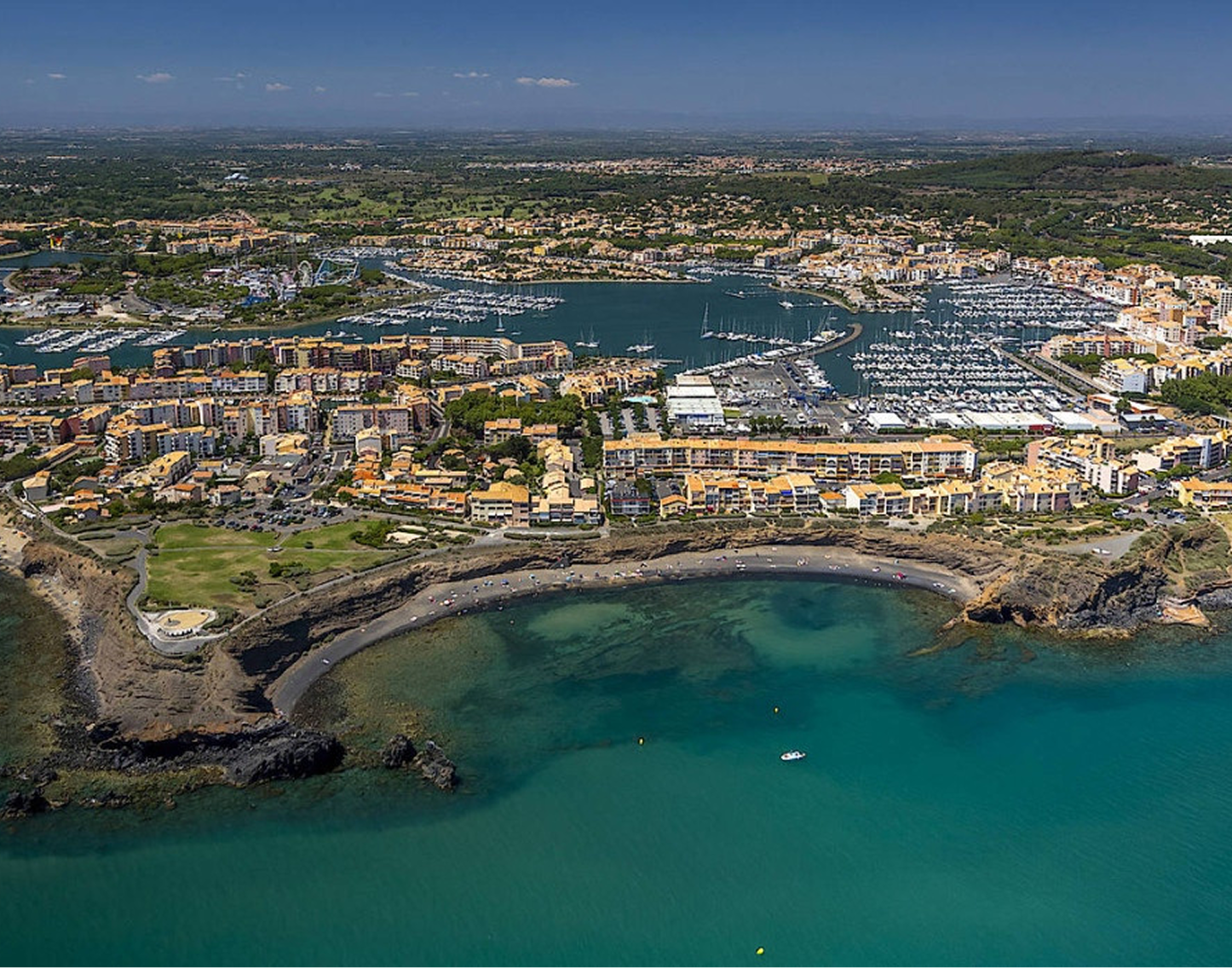
An ancient trading post, this city built with volcanic stone from Mont Saint-Loup has prospered over the centuries thanks to maritime trade. It is one of the oldest towns in France.
A town of art and history, with its charming cobbled streets lined with artisan shops, Pézenas invites leisurely strolls. You’ll hear it echo with the jests of the illustrious theatre. It honors the memory of the greatest ambassador of the French language, Molière—but that’s not all...
This ideal palace of Southern Art Nouveau transports you into a tale of “One Thousand and One Nights,” a remarkable example of the eclectic architecture of the late 19th century.
Carcassonne: A Medieval Gem
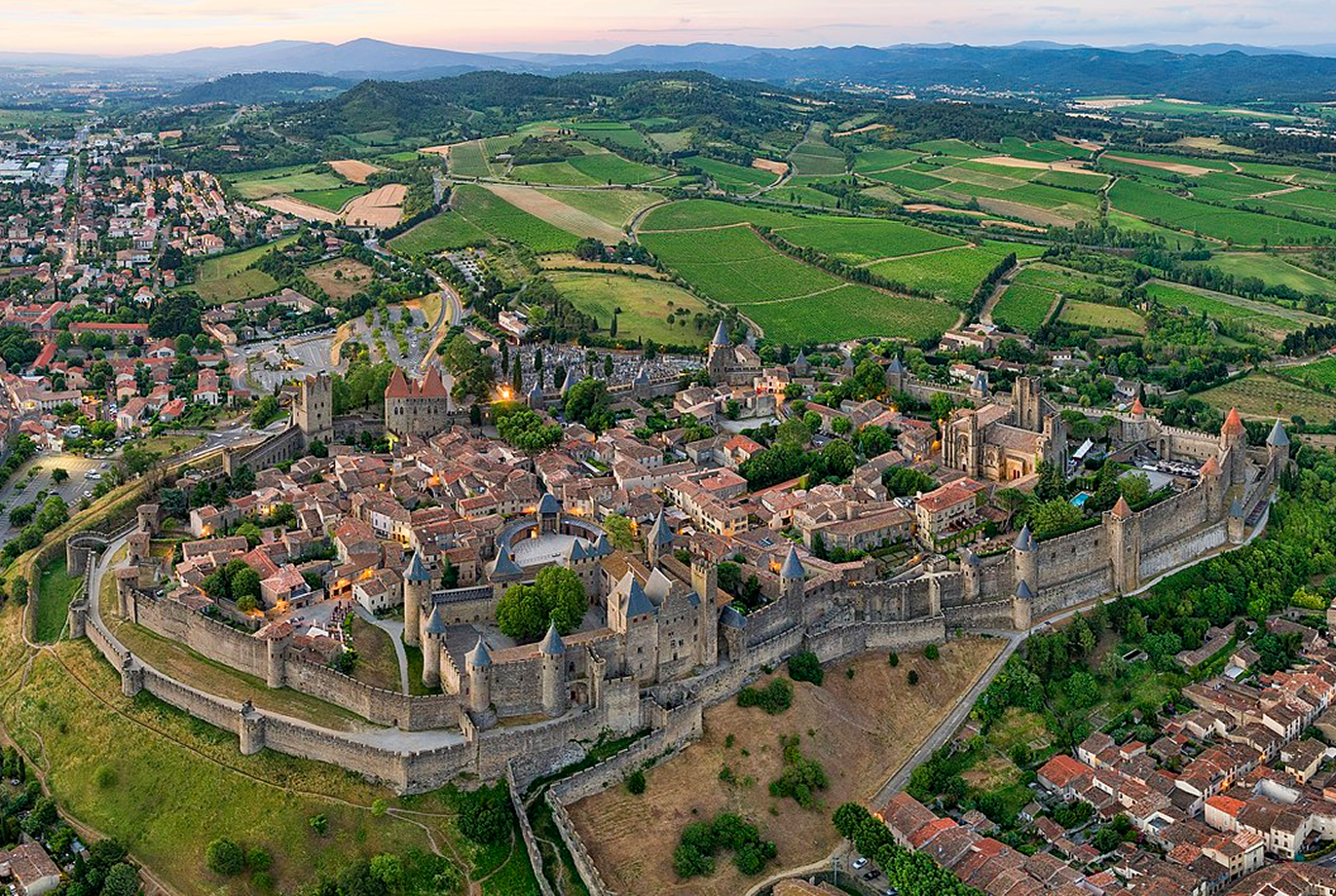
Its 52 towers and 3 kilometers of ramparts make it one of the best-preserved medieval citadels in Europe.
A majestic entrance to the medieval city.
A fortress at the heart of the city, offering an immersive journey into medieval history.
Former cathedral with magnificent 14th-century stained glass windows.
Hérault, a Natural Amphitheater Facing the Mediterranean
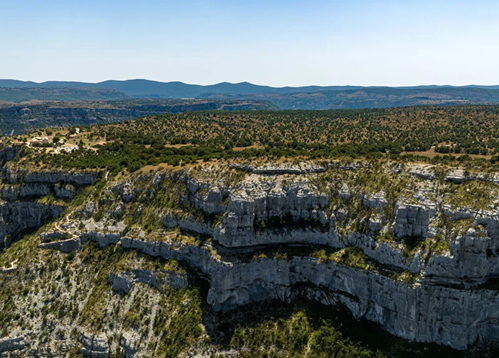
Often steep, the mountains and plateaus also define the character of the Languedoc region.
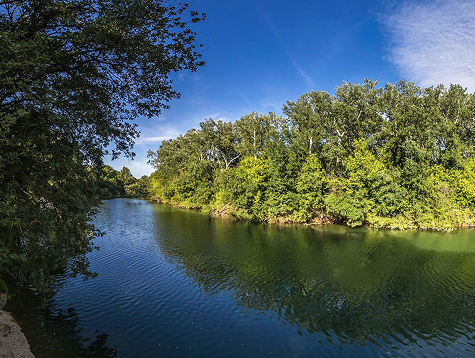
A setting for the vineyards, it also shelters gems like Saint-Guilhem-le-Désert and Pézenas.
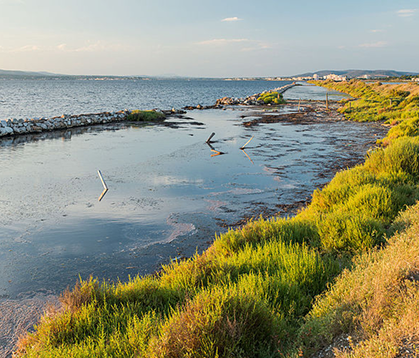
The chain of lagoons provides a gentle transition between land and sea and serves as true sanctuaries of nature.
Montpellier – A Unique Architectural Heritage
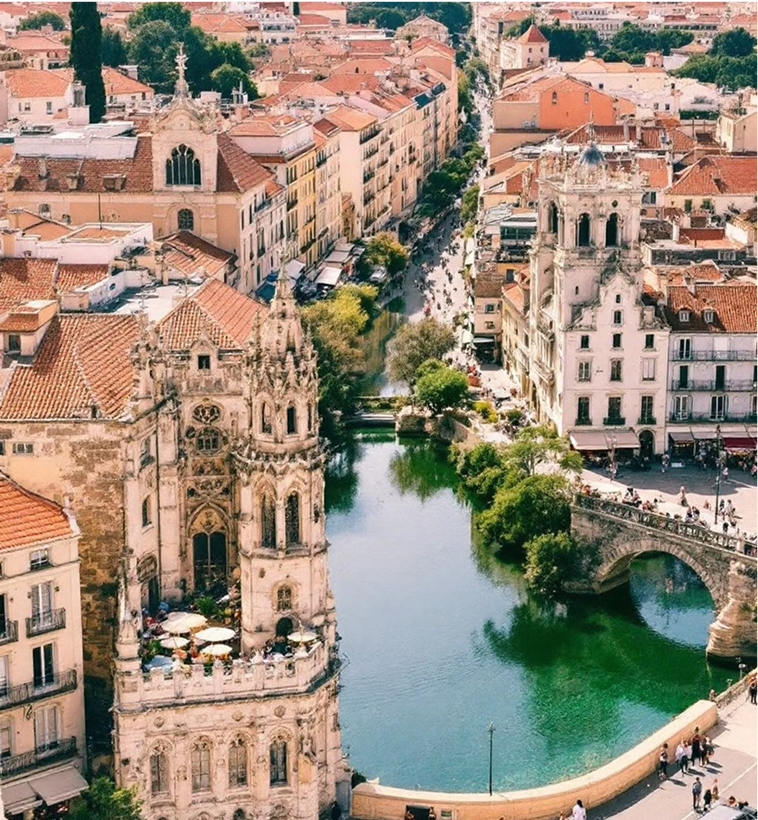
Ancienne capitale de la Gaule narbonnaise, Narbonne a conservé de nombreux Former capital of Roman Narbonensis Gaul, Narbonne has preserved many remnants of its glorious past. Today, it is a vibrant Mediterranean city, a wine-growing center, and a transportation hub.vestiges de son passé glorieux. Aujourd'hui, c'est une ville méditerranéenne animée, centre viticole et carrefour de communications.
Narbo Via pays tribute to the capital of the Narbonensis Gaul province with an incredible archaeological collection expertly displayed in a building designed by the architecture firm Foster + Partners.
Ideal for walks, cycling, or boating, it crosses the city through a charming setting.
Narbonne is surrounded by renowned wine regions, offering tastings and oenological discoveries.
Nîmes: The Roman Heritage
120 BC
Captured by the Romans, Nîmes became an important city in Roman Gaul, witnessing the construction of iconic monuments that are still preserved today: the Arena, the Maison Carrée, the Tour Magne, and the Pont du Gard aqueduct.
1229
The city came under the influence of the Counts of Toulouse and the Kingdom of France.
Contemporary Era
Nîmes hosts architectural designs by Norman Foster (Museum of Romanity), Jean Nouvel (Carré d’Art), and Philippe Starck.
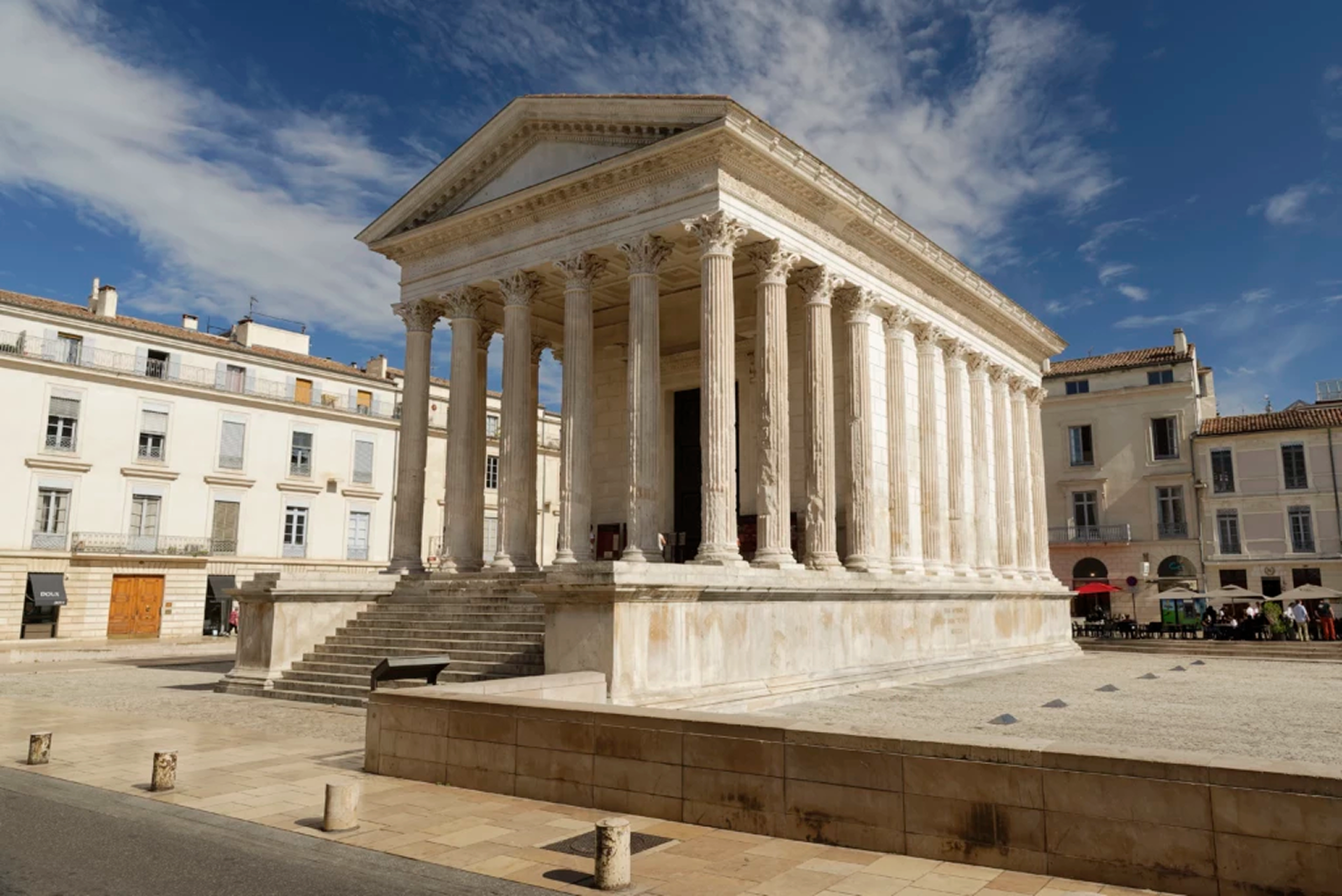
Aigues-Mortes: Medieval City in the Camargue
Romanesque Art in Occitanie
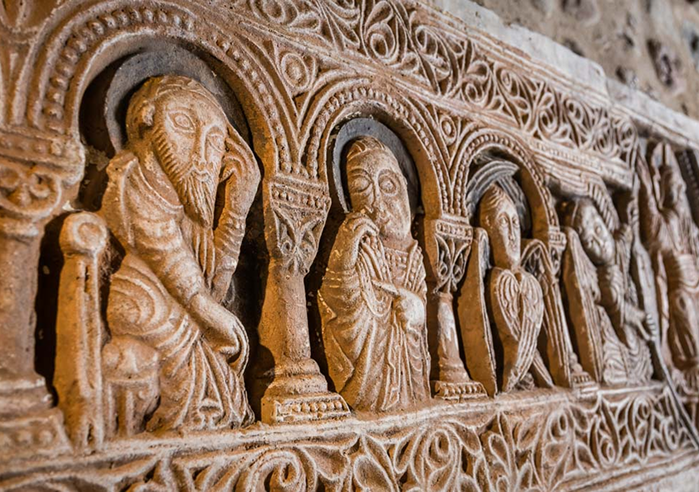
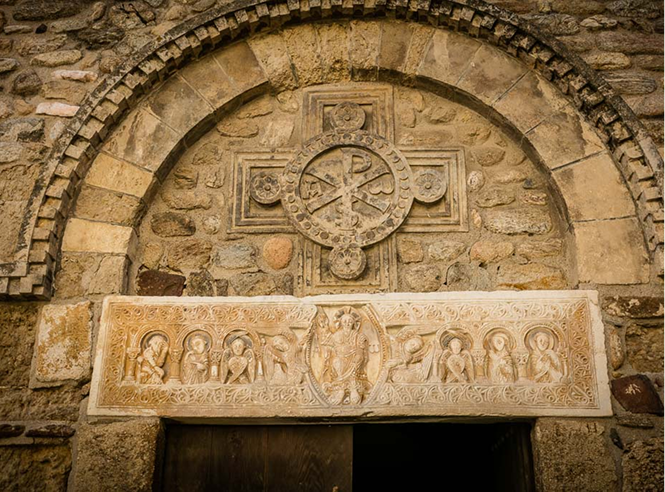
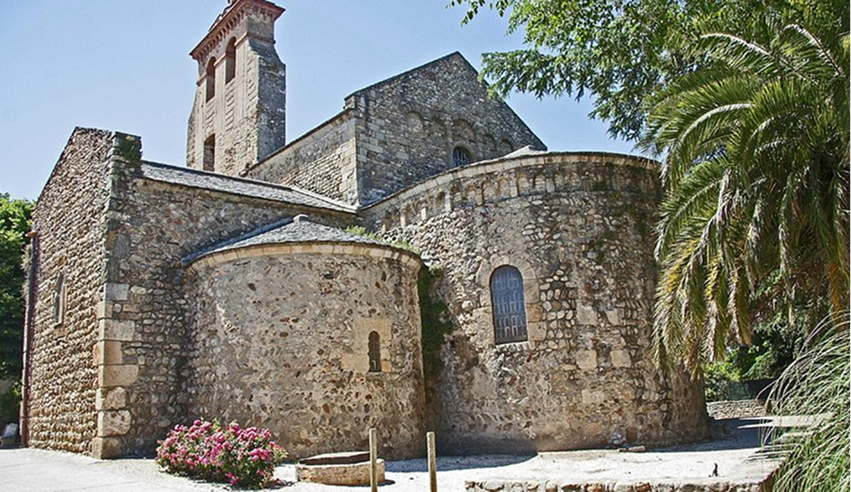

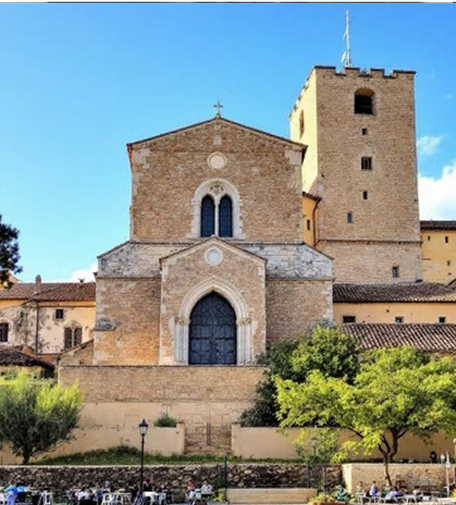
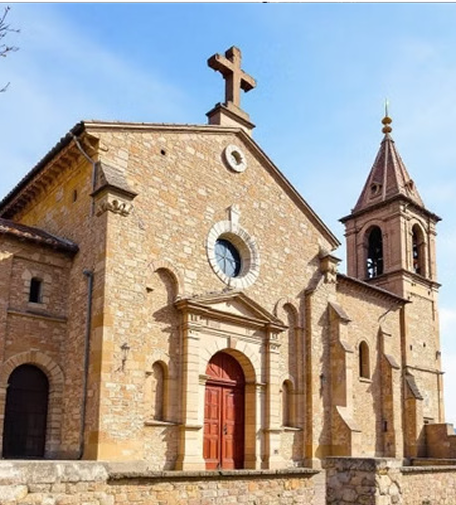
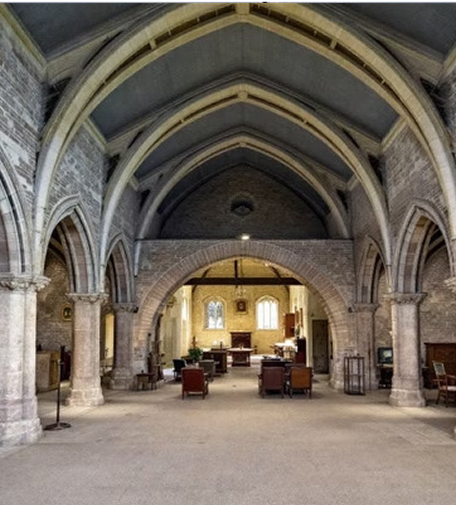









The Canal du Midi: A 17th-Century Masterpiece

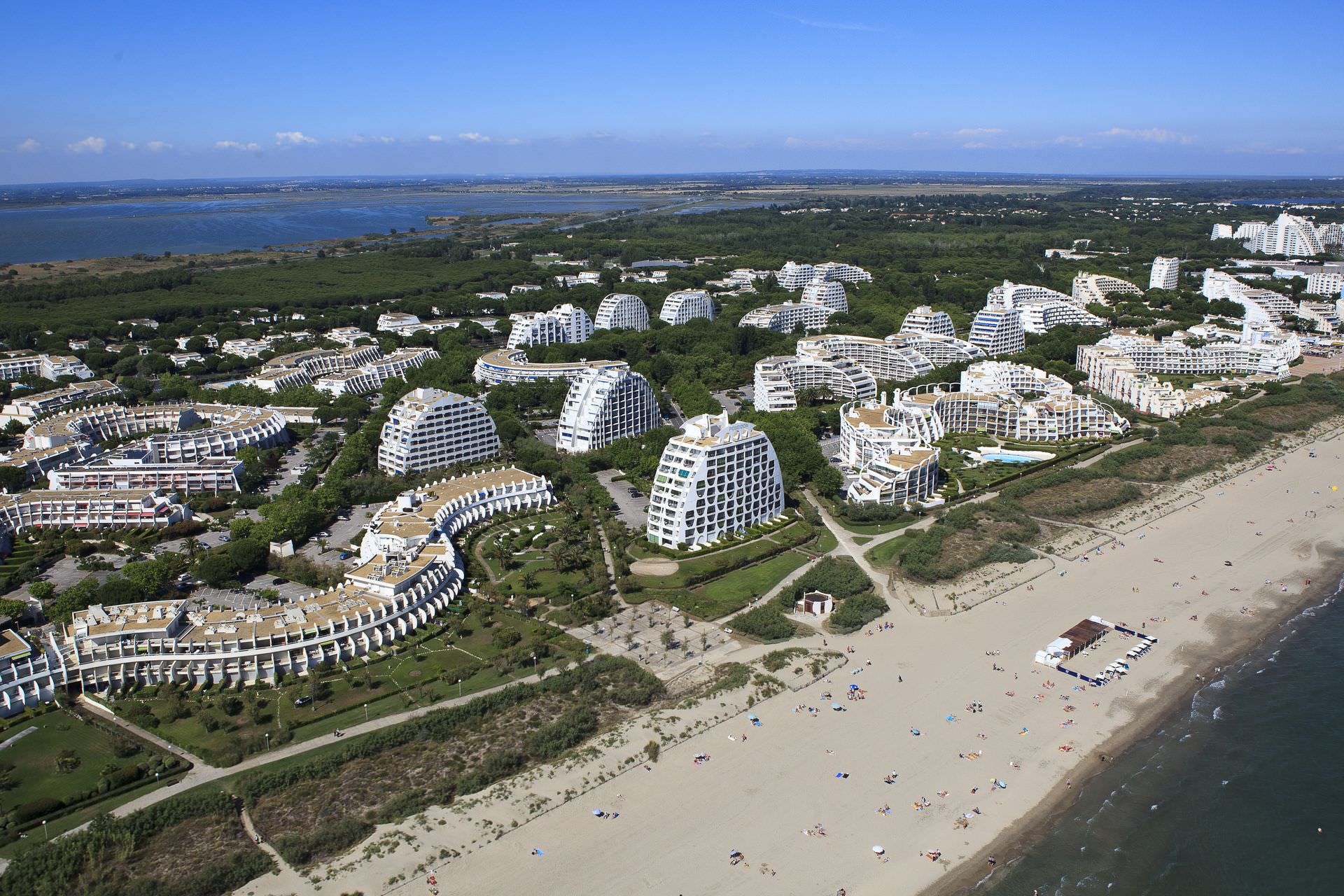
Since the 1980s, cities in Occitanie, notably Nîmes and Montpellier, have embarked on bold architectural projects that blend historical heritage with contemporary design.
Designed by Norman Foster, this contemporary art museum engages in a dialogue with the Roman Maison Carrée.
Designed by Ricardo Bofill, this district blends Neoclassicism and modernity.
A futuristic seaside resort from the 1960s, designed by Jean Balladur, now classified as 20th-century heritage.
Famous Figures of Occitanie
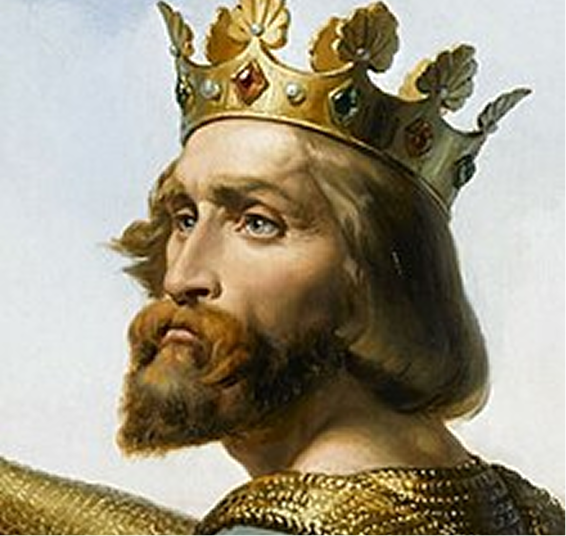

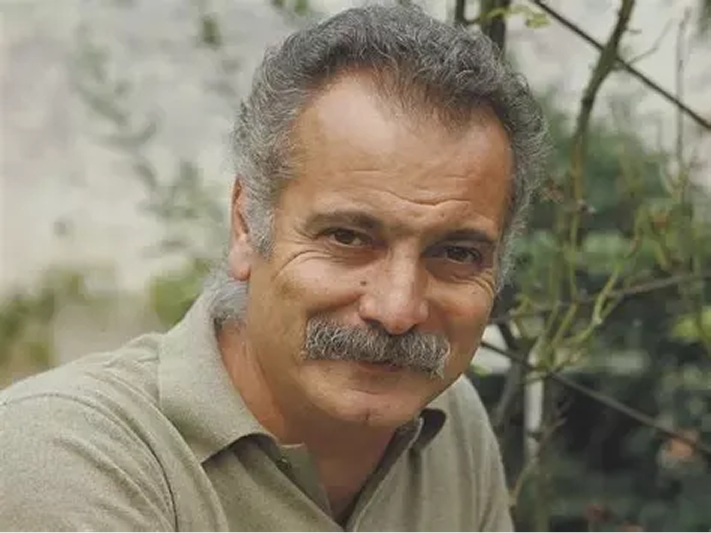












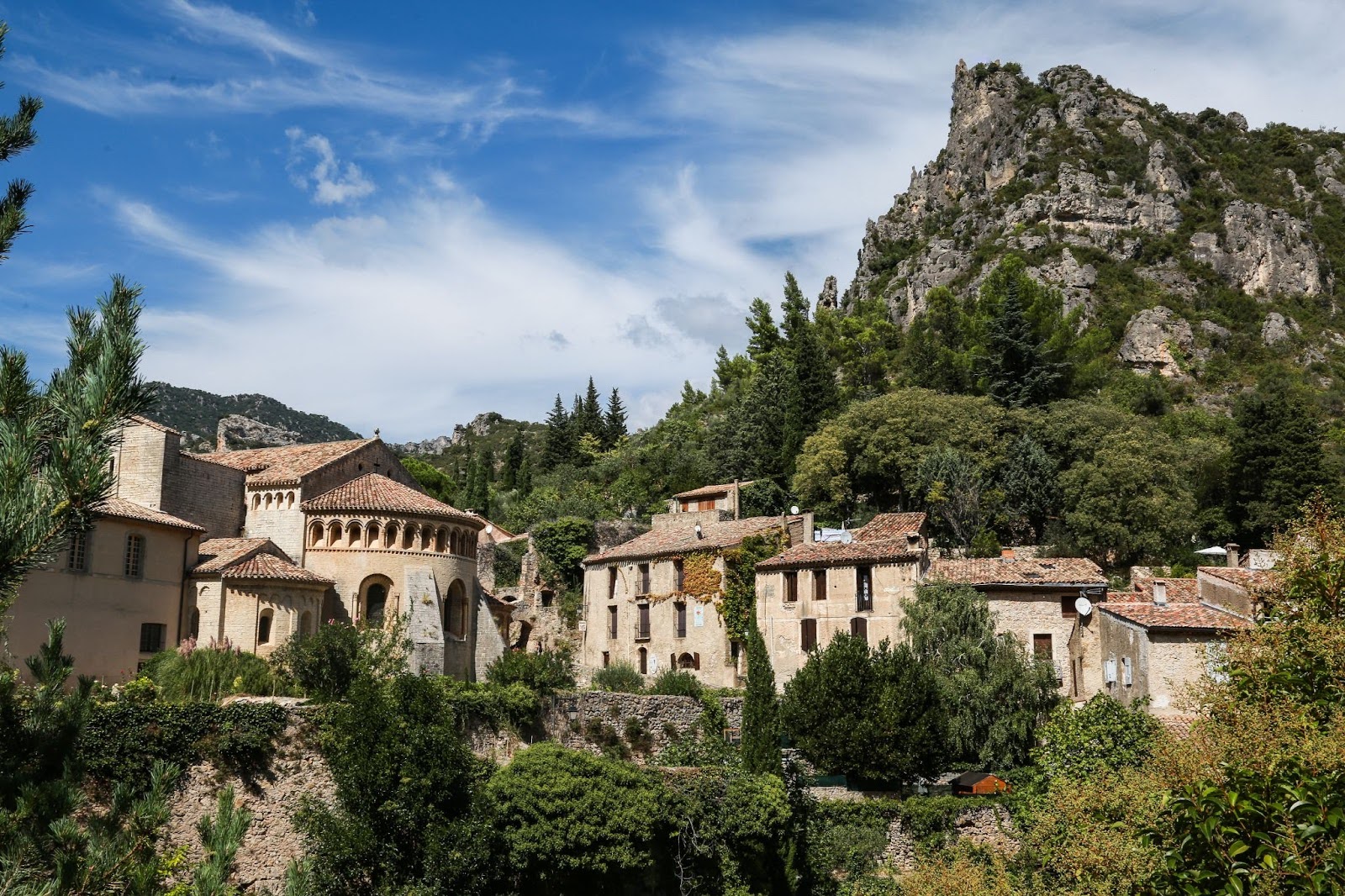
Occitanie, Land of Artistic Inspiration
1905
Matisse stayed in Collioure, giving birth to Fauvism. Today, Collioure offers the Fauvism Trail, a route dotted with reproductions of works by Henri Matisse and André Derain.
The 1910s
Development of Cubism in Céret with Manolo, Picasso, and Braque.
today
Sète and the Thau Archipelago have welcomed many artists and were, in 1981, the birthplace of the Figuration Libre movement with Hervé and Richard Di Rosa, Robert Combas, François Boisrond, and Robert Blanchard.
Traditional Festivals of Occitanie
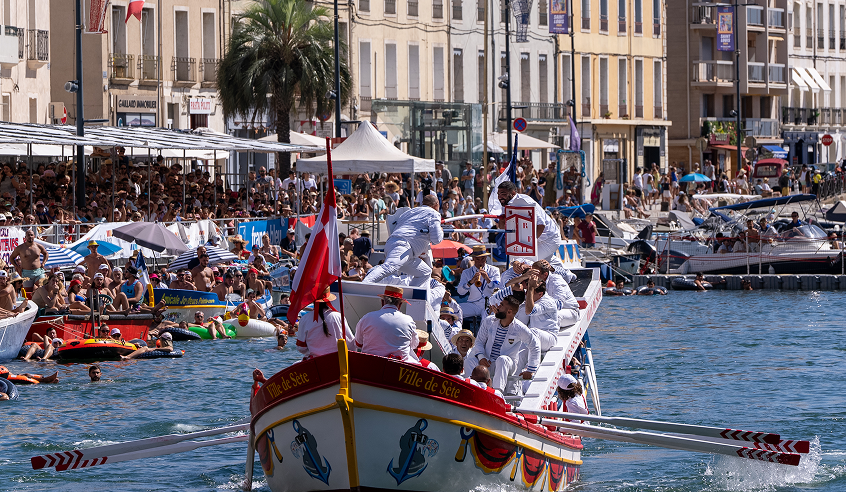
Traditional tournaments held in the canals and ports of towns in the Hérault and Gard regions, where the “knights of the tintaine,” all dressed in white, compete against each other.
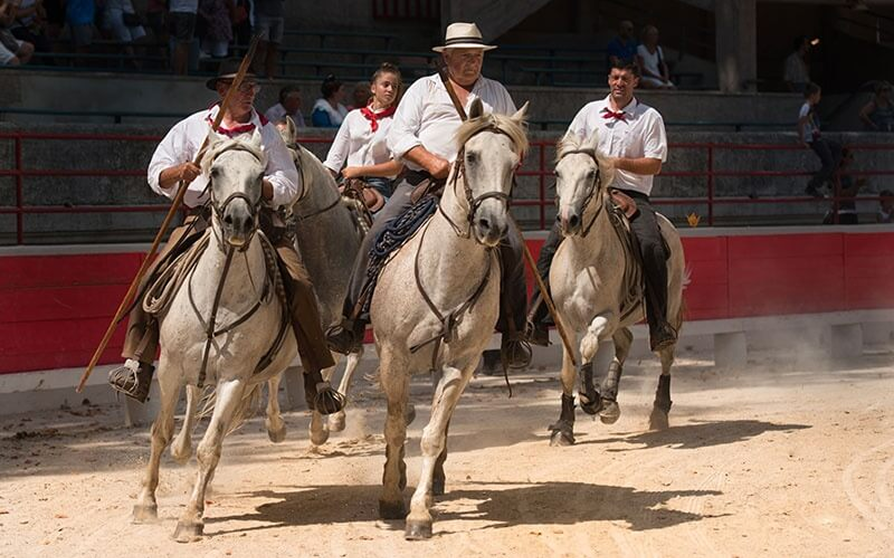
A traditional game featuring men and bulls.
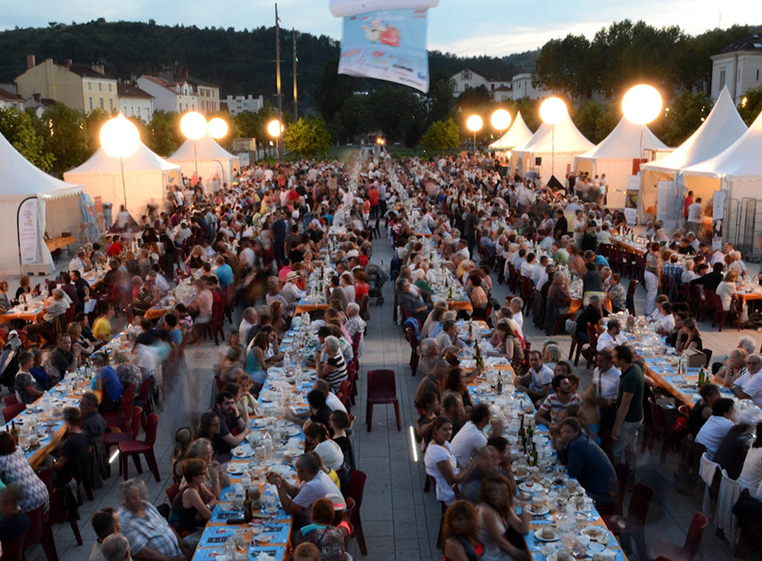
Popular festivals centered around horses, bulls, and music.
Languedoc Jousting: A Maritime Tradition
Preparation
The jousters dress in white and board the traditional boats.
Confrontation
Armed with a lance and a pavois (shield), the opponents try to knock each other into the water according to clearly defined rules.
VICTORY
The last jouster remaining standing on their tintaine (raised platform) is declared the winner.
Celebration
On August 25th in Sète, the Saint-Louis tournament crowns the champion of the year.
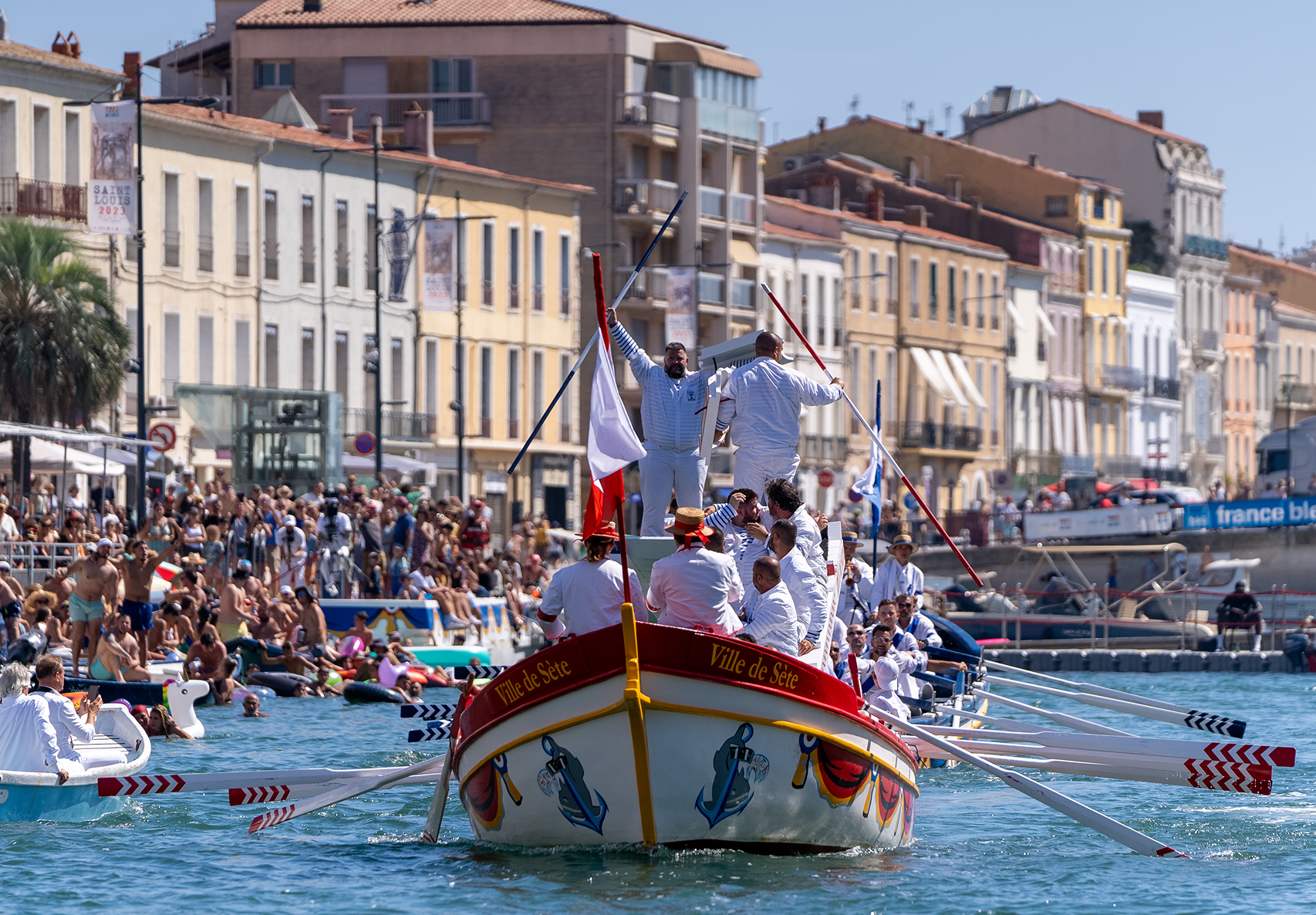
The Camargue Bull Races
Ferias: Popular Festivals of the South
Antiquity in Occitanie
7th century BC
Founding of Greek, Etruscan, and Phoenician trading posts along the coast. The first urban layouts appeared in the 6th century BC with oppida, such as Enserune near Béziers.
118 BC
The Roman colony of Narbonne was founded, accompanied by the construction of the Via Domitia—the oldest known road in French territory, prominently featured in Narbonne—and Ambrussum.
1st century AD
Construction of the Pont du Gard and development of Roman cities.
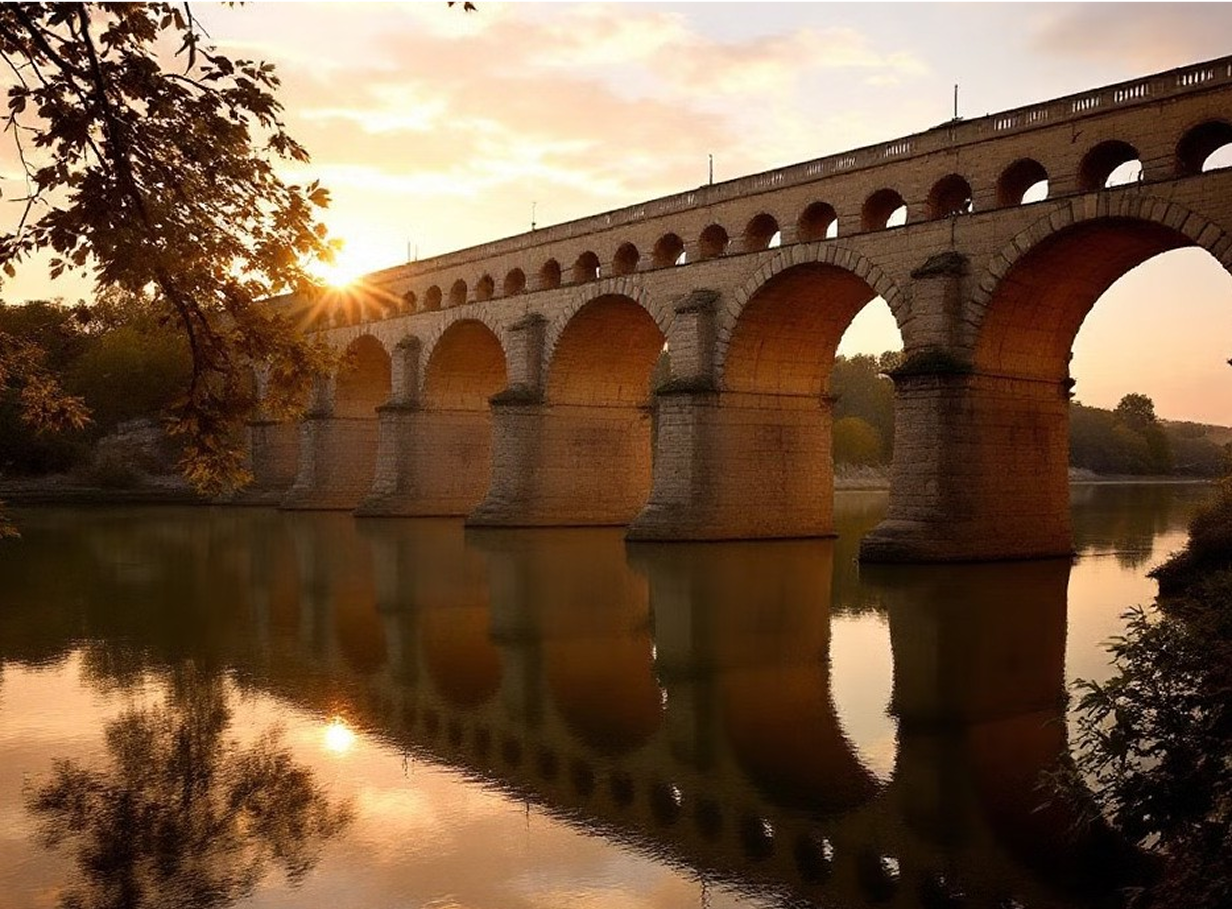
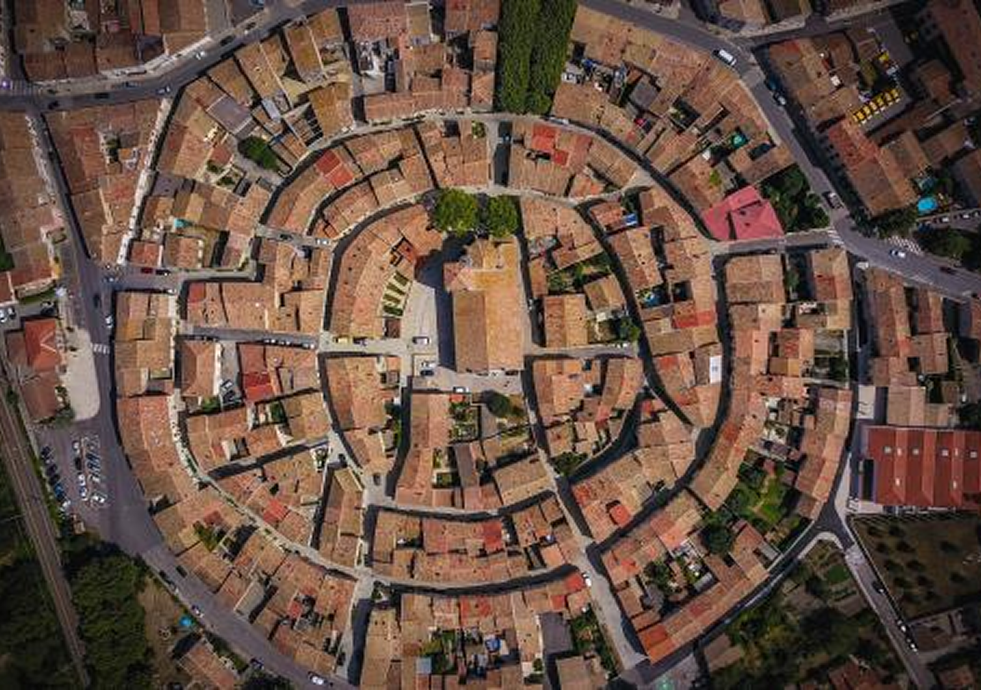
Circular Villages
Central Church or Castle
Focal Point of the Community
Concentric Streets
Facilitating defense and movement
Outer Enclosure
Protective wall surrounding the village
The Lagoon Landscapes of Occitanie
The Languedoc lagoon area spans over 40,000 hectares, offering a unique natural spectacle between land and sea. These fragile and preserved ecosystems shelter exceptional fauna and flora.
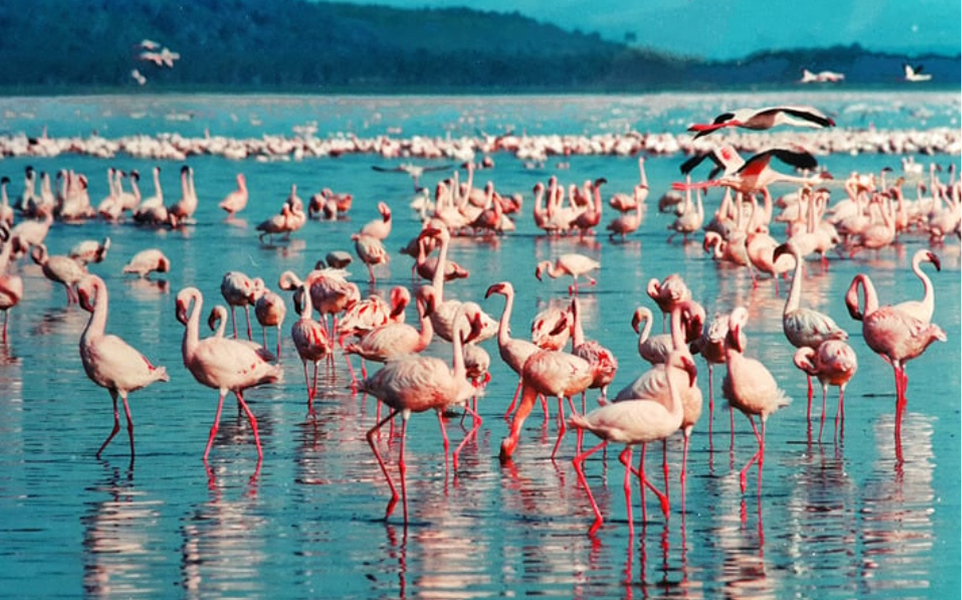
The lagoons are the realm of flamingos, egrets, and many migratory birds.
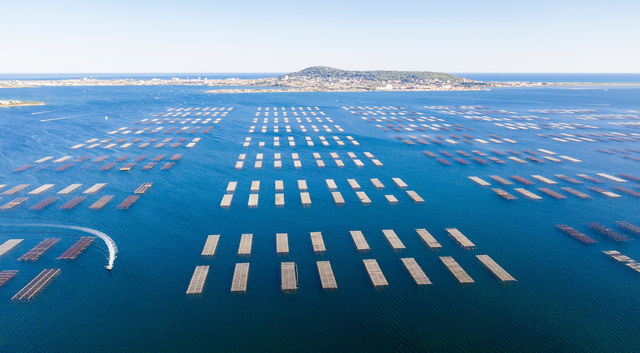
The lagoons, such as the Thau Lagoon, are centers of significant oyster farming activity.
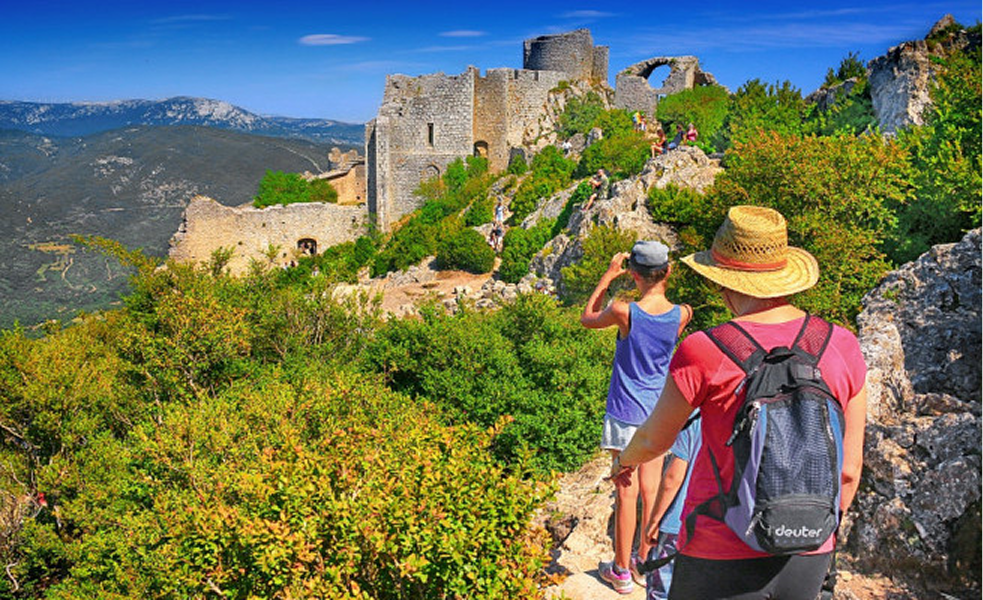
Trails and nature centers allow visitors to explore these fragile and protected areas.
The Great Natural Spaces of Occitanie
Beyond the lagoons and shores, Occitanie offers exceptional landscapes shaped over millennia by the whims of the elements.

